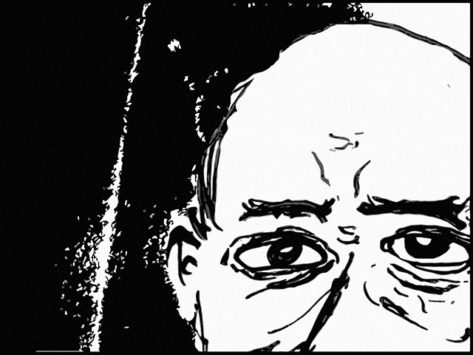In the first of a series of posts on the music featured in our upcoming concert as part of the Lake District Summer Music festival, our viola player Dan shares his love of Schoenberg’s Johann Strauss arrangements.

I admit it: I love Arnold Schoenberg. I love his ravishingly beautiful early works, the inspired frenzy of the free atonal pieces, the craggy rigour of the later serial music. I love his high-mindedness, his waspish way with those who riled him (and that he invariably apologised later).
Almost above everything, I love his contradictions and his many contradictory enthusiasms. Here is an artist who spent his days composing an opera on the relation of man and his god, and his evenings playing tennis with Gershwin. Perhaps surprisingly for a composer who famously declared that ‘if it’s for the people, it’s not art’, Schoenberg was a vociferous champion of his tennis partner’s music.
He also demonstrated his catholic tastes in other ways. Schoenberg made several chamber arrangements of Johann Strauss, another ‘popular’ composer, first in 1921 for a fundraising concert at his Society for Private Musical Performances. Four years later, he arranged the Kaiserwalzer for inclusion in a tour of his melodrama Pierrot Lunaire to Spain.
In all of the arrangements, but particularly that of the Kaiserwalzer, I love the way that Schoenberg shows such care and love for the originals. In what could have easily been a routine piece of hackwork, he meticulously rethought the orchestrations with dazzling results. To a casual listener, the small ensemble of string quartet, flute, clarinet and piano is made to glitter with a lustre that seems to outdo Strauss’s original. Compare the scores note for note and the scale of Schoenberg’s subtle reworking becomes clear: brilliant new passagework for the winds, extra trills and a jewel-like piano part render the comfortably familiar score with a startling clarity, like a newly restored painting or freshly minted coin.
To a forbidding figure popularly written off as an elitist (and some of his pricklier pronouncements admittedly don’t help his cause), these arrangements, borne of a love and respect for music very different to his own, add another layer of seeming contradictions. Put them alongside his delight in Gershwin’s music, tennis, jazz and Charlie Chaplin and he emerges as an even more complex, remarkable and yes, loveable figure.
